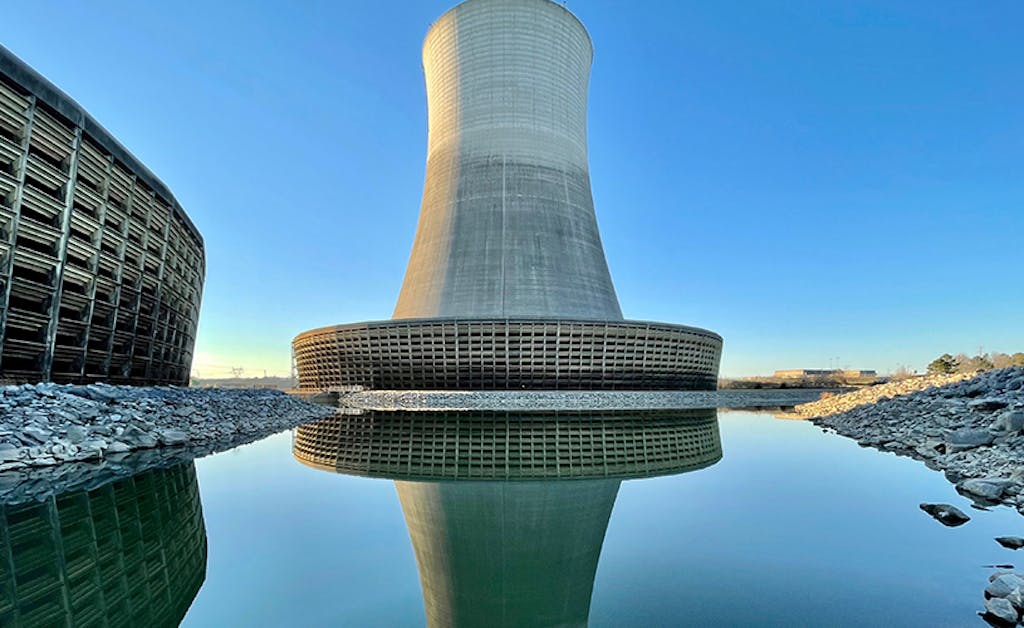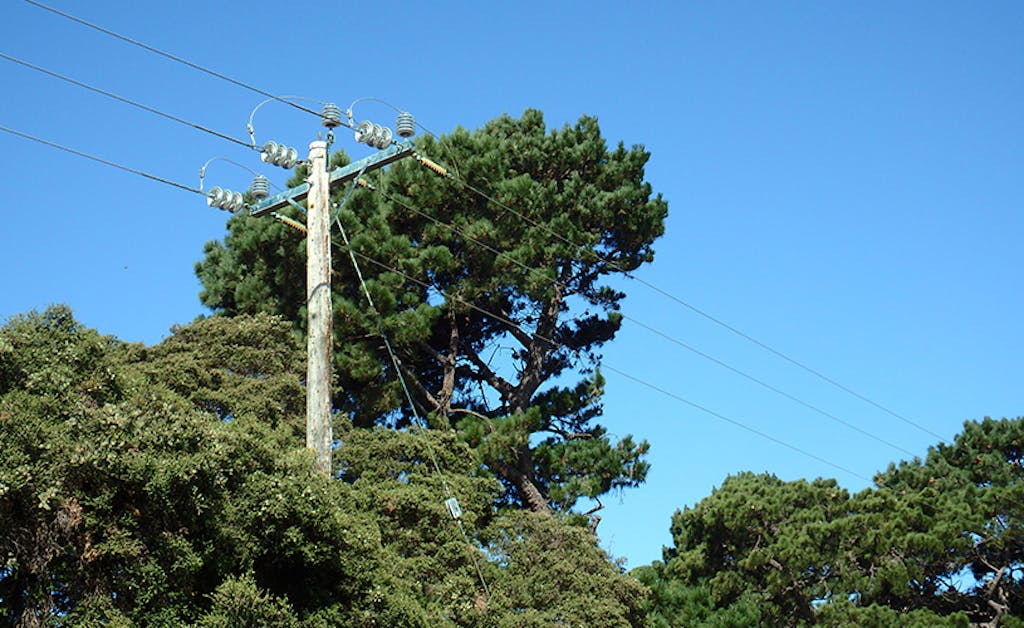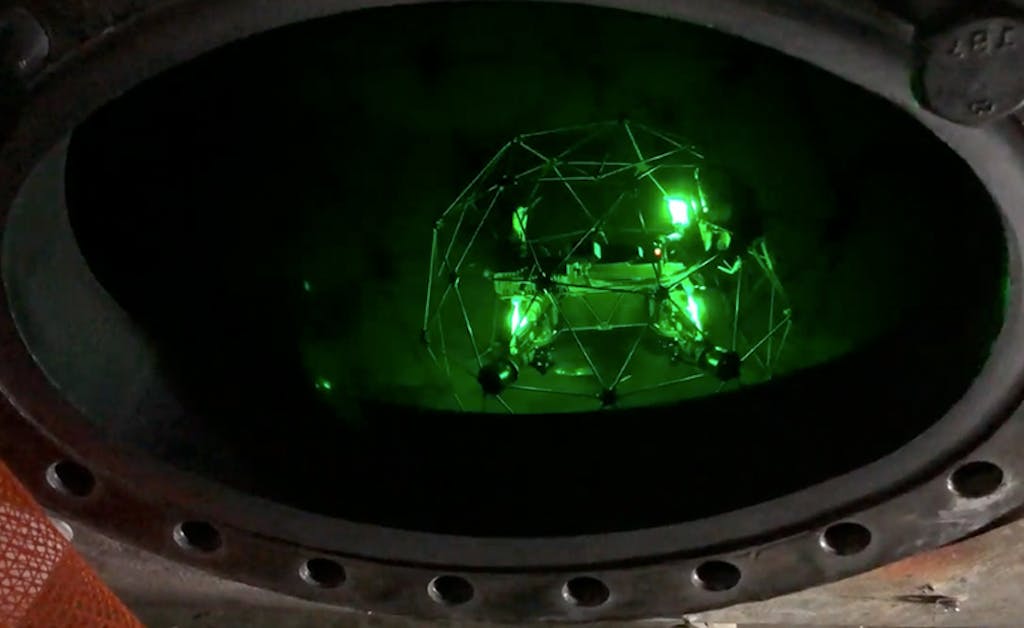5-minute read
In this article:
- Learn what defines a Remote Visual Inspection (RVI) and how they benefit inspections in energy transmission, distribution and generation.
- Explore key benefits that can be gained from RVIs including safety, accuracy and cost.
- Understand Constellation Clearsight’s RVI capabilities ranging from vegetation management to confined space maintenance.
In today’s rapidly evolving energy industry, innovation is at the forefront, revolutionizing the way we approach safety and inspection practices. Among these groundbreaking solutions is Remote Visual Inspections (RVI), which utilize cutting-edge technology that enables thorough examinations of hard-to-reach, confined, hazardous, or complex environments from a distance.
In this article, we will delve into what RVIs are, their benefits, and how Constellation Clearsight excels in performing these types of inspections.
What is a Remote Visual Inspection?
RVI uses technology like cameras, sensors, submersibles, and drones to visually examine equipment, facilities, or structures remotely.
Inspectors can conduct thorough evaluations at higher resolutions and obtain inspection data without physically being in the inspection area or line of fire. This approach is particularly advantageous for inspecting high, tight, or hazardous areas that pose risks to human inspectors.

Benefits of Remote Visual Inspection
Let’s look closer at the remarkable advantages that emerge when harnessing the power of Remote Visual Inspection technology. Clearsight’s expert utilization of Remote Visual Inspection (RVI) technology, coupled with the numerous benefits it brings, has the potential to revolutionize inspections for generation facilities nationwide. Here’s a closer look at some of the benefits:
- Increased Safety: RVI minimizes the risk to human inspectors by eliminating the need to physically access sites with inherent safety concerns.
- Improved Efficiency: RVI technologies, such as drones, can cover large areas quickly and can navigate difficult-to-reach locations and spaces, resulting in faster inspections.
- Higher Accuracy: High-resolution cameras and sensors frequently can identify minor faults or anomalies that might be overlooked in a manual inspection. They also capture critical data and provide consistent, repeatable results.
- Cost Efficiency: RVI reduces the costs associated with downtime, as inspections can often be carried out while equipment is operational. It also reduces the need for expensive safety equipment and personnel training for hazardous environments.
How Constellation Clearsight Performs Remote Visual Inspections
At Clearsight, we leverage state-of-the-art RVI technologies to deliver superior inspection services.
Transmission and Distribution Inspections
We utilize drones equipped with high-resolution cameras and infrared thermography to conduct aerial inspections of power lines and utility poles. This allows us to identify potential problems, such as overgrown vegetation, structural damage, or equipment malfunctions.

Generation Inspections
In complex indoor environments, such as a power generation facility, we deploy drones that are specifically designed for confined spaces. These drones are equipped with protective cages to prevent damage during collisions and can navigate tight areas while capturing detailed visual data.

In every inspection we perform, the collected data is analyzed and provided on our proprietary digital platform for your review. This allows us to offer prioritized recommendations for proactive maintenance, contributing to the longevity and efficiency of the infrastructure.
Bottom Line
A Remote Visual Inspection offers an innovative, safer, and efficient approach to electric infrastructure inspections. At Constellation Clearsight, we are proud to harness the power of this technology.
Our commitment to safety, efficiency, and accuracy means that we deliver high quality inspections, contributing to a more resilient and sustainable energy future.
Related: Upgrade ROV Inspections for Power Plants with Submersible & Crawler Capabilities
Related Content

DISTRIBUTECH International 2024 Featured Presentation is Now Available On-Demand
At DISTRIBUTECH International, our very own Teague Maxfield and Microsoft’s Bala Balakreshnan presented on data analytics for the T&D industry. Watch here!

Clearsight’s DISTRIBUTECH International and TechAdvantage 2024 Recap
Discover insights from Clearsight’s attendance at DISTRIBUTECH International and TechAdvantage 2024, highlighting key takeaways and event differentiators.

